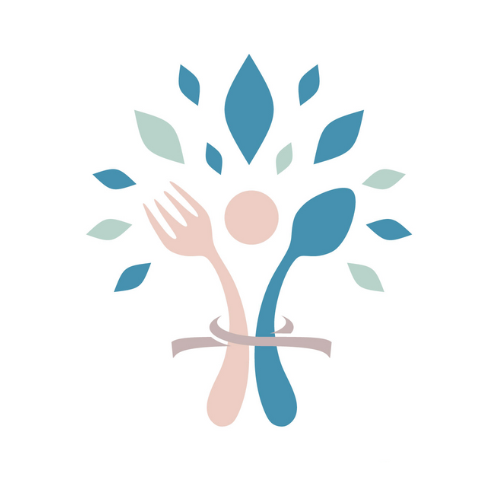
26 Jun How to Reverse Type 2 Diabetes: Counting Carbs and Reading Food Labels
When managing weight and blood sugar, especially for those looking to reverse type 2 diabetes, focusing on carbohydrates is more important than counting calories. Understanding which foods impact blood sugar, how to read labels, and how many carbs you should eat each day can make all the difference.
How Many Carbohydrates Should I Eat Each Day?
The first step is to know how much you currently consume. The average UK citizen consumes around 300g of carbohydrates per day! Reducing intake can improve blood sugar control, aid weight loss, and support strategies for how to reverse type 2 diabetes.
Our clinic uses guideline ranges based on net carbs, which are carbohydrates that actually impact your blood sugar. Eating fewer carbs, such as less than 20g per day as in ketogenic diets, can accelerate fat loss, maintain energy, and reduce cravings. However, this approach requires careful monitoring to be sustainable long-term.
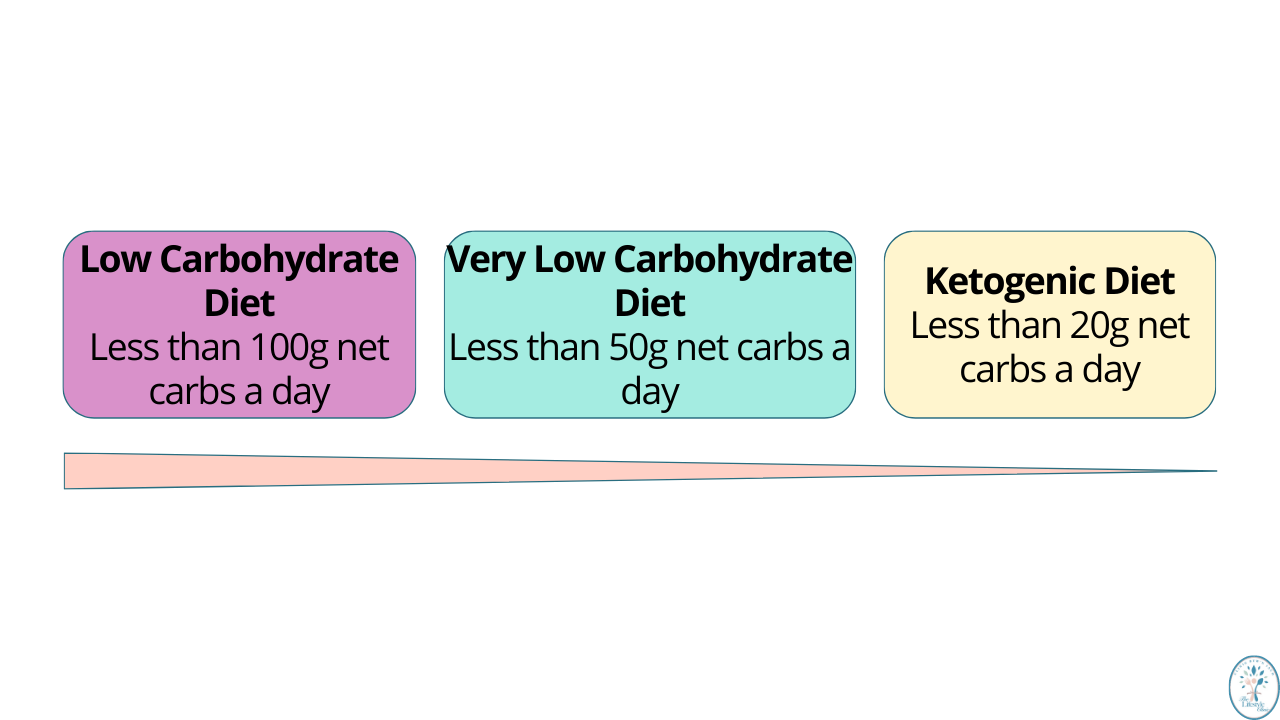
What Are Net Carbs vs Total Carbs?
Net Carbs
In the UK, food labels typically display net carbs, which are the total carbohydrates minus fibre. These are the carbs that actually affect your blood sugar. For example, one fish fillet containing 25.1g of net carbs could take up 50% of your daily allowance if your target is 50g per day.
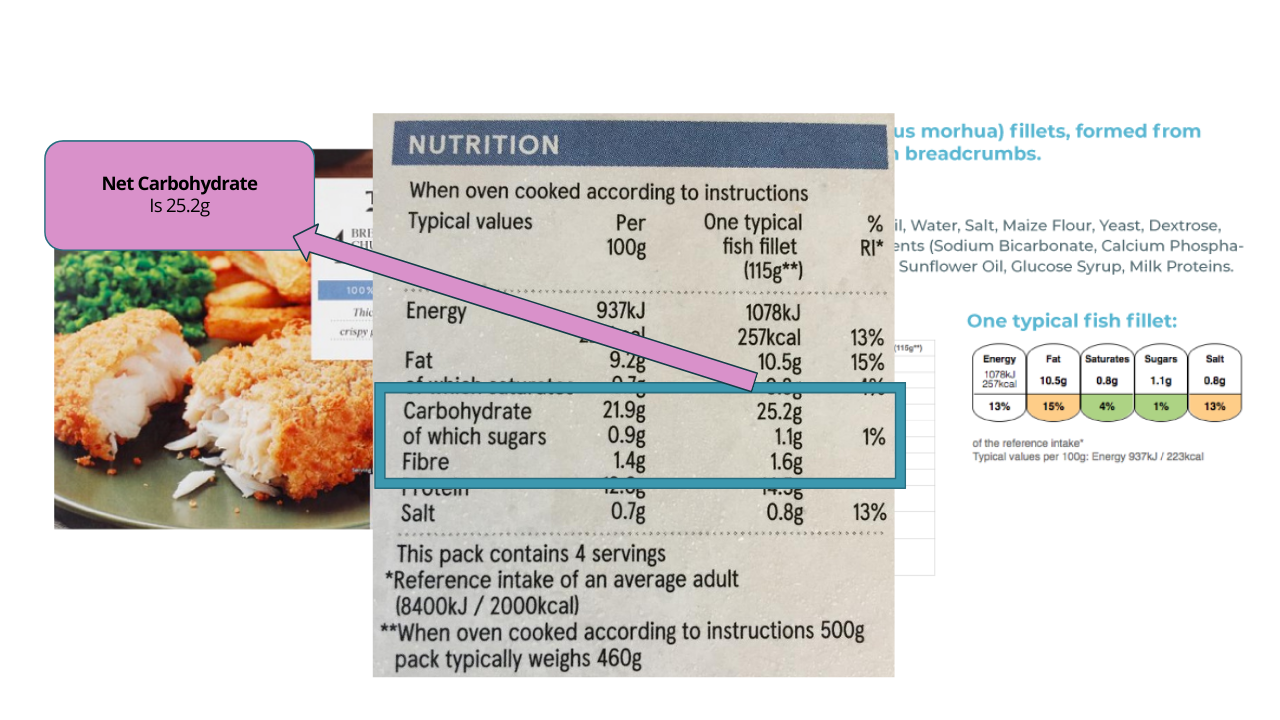
Total Carbs
Total carbs, often seen in US-based recipes, include all carbohydrates, including fibre. Fibre is a type of carbohydrate your body cannot fully digest. It slows glucose release, supports gut bacteria, and provides numerous health benefits beyond blood sugar control. Total carbs = net carbs + fibre.
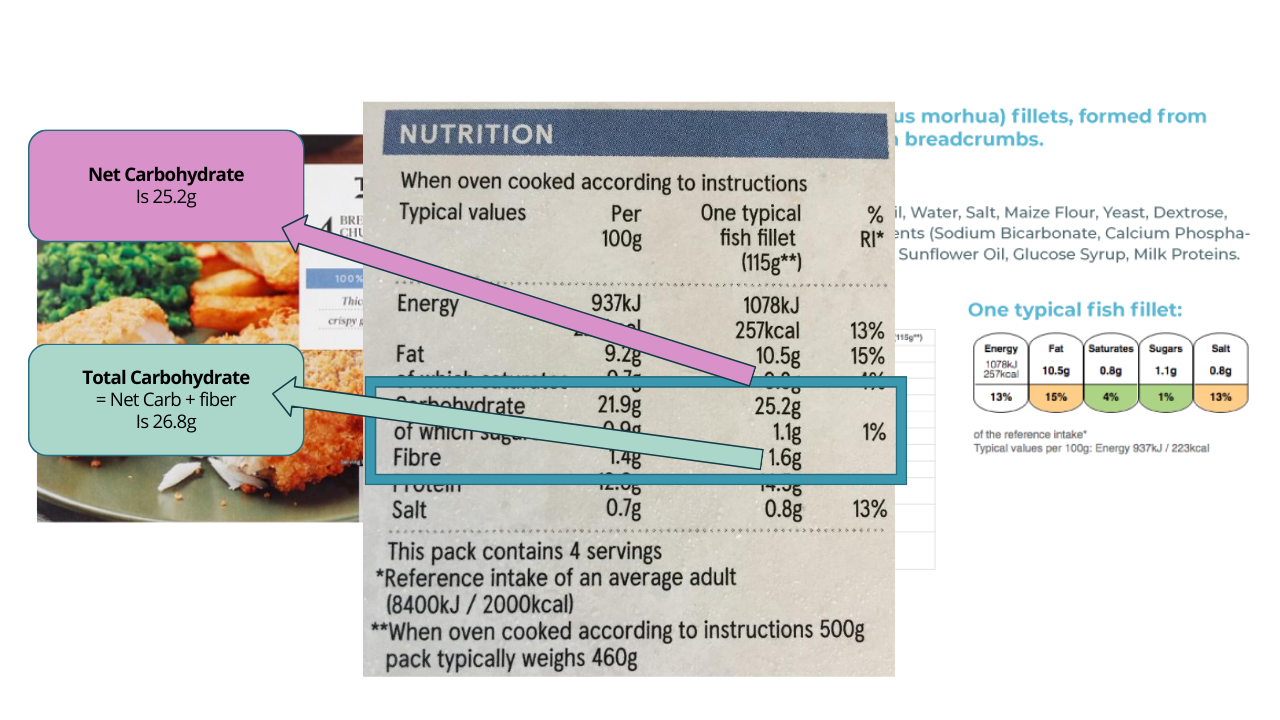
Why Does It Matter for Type 2 Diabetes?
Net carbs are the numbers that impact blood sugar. Fibre-rich complex carbs, such as vegetables, are beneficial and should be included in your diet. By keeping net carbs low and prioritising high-fibre foods, you can better manage blood glucose, reduce insulin spikes, and support efforts on how to reverse type 2 diabetes.
How Do I Calculate Total Carbs on UK Food Labels?
Sometimes, particularly with ultra-processed foods, it helps to know the total carbohydrate content. For UK labels:
Total Carbs = Net Carbs + Fibre
Ultra-processed foods may contain types of fibre that raise blood sugar. Therefore, checking total carbs ensures you aren’t underestimating their impact.
What Does “Of Which Sugars” Mean?
This number represents naturally occurring and added sugars, used in traffic light labelling. For reference, 4g “of which sugars” is roughly 1 teaspoon of table sugar. Reducing these sugars is essential for blood sugar control and supporting how to reverse type 2 diabetes.
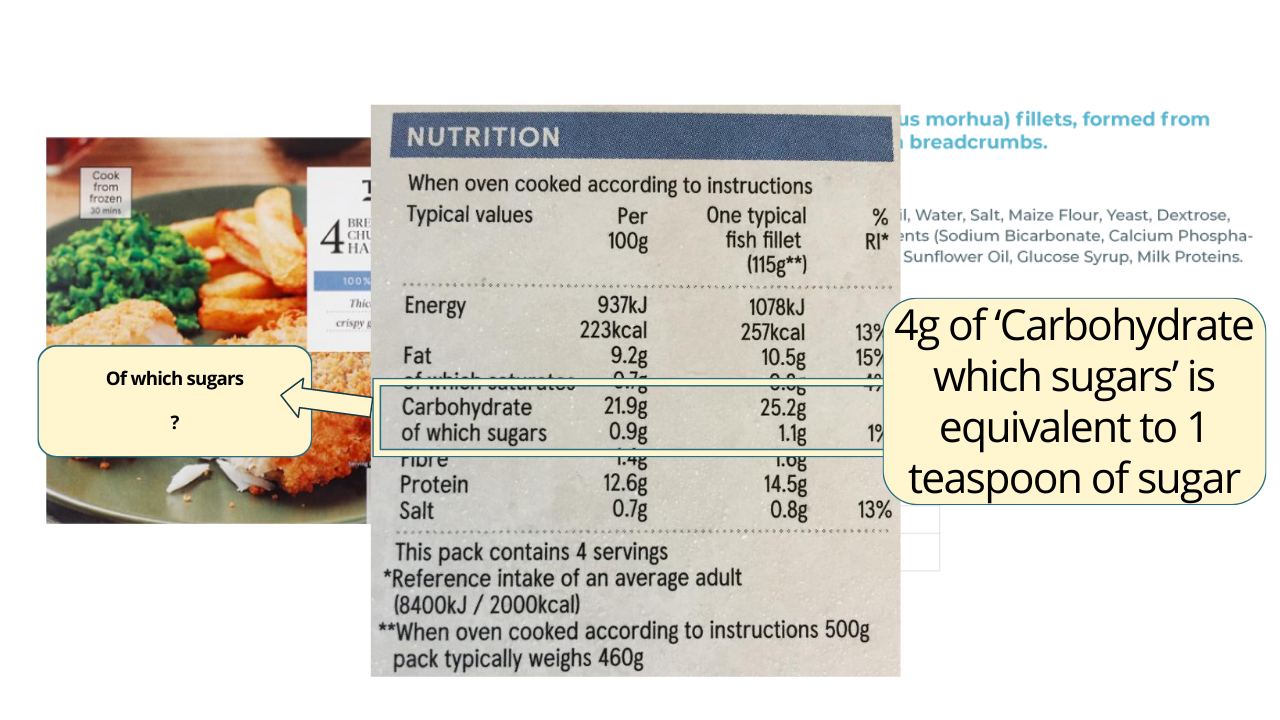
Why Are Portion Sizes Important?
Always check serving sizes on food labels. If your portion is larger than the recommended serving, calculate carbs proportionally. Accurate portion control helps maintain blood sugar levels and aligns with long-term diabetes management.
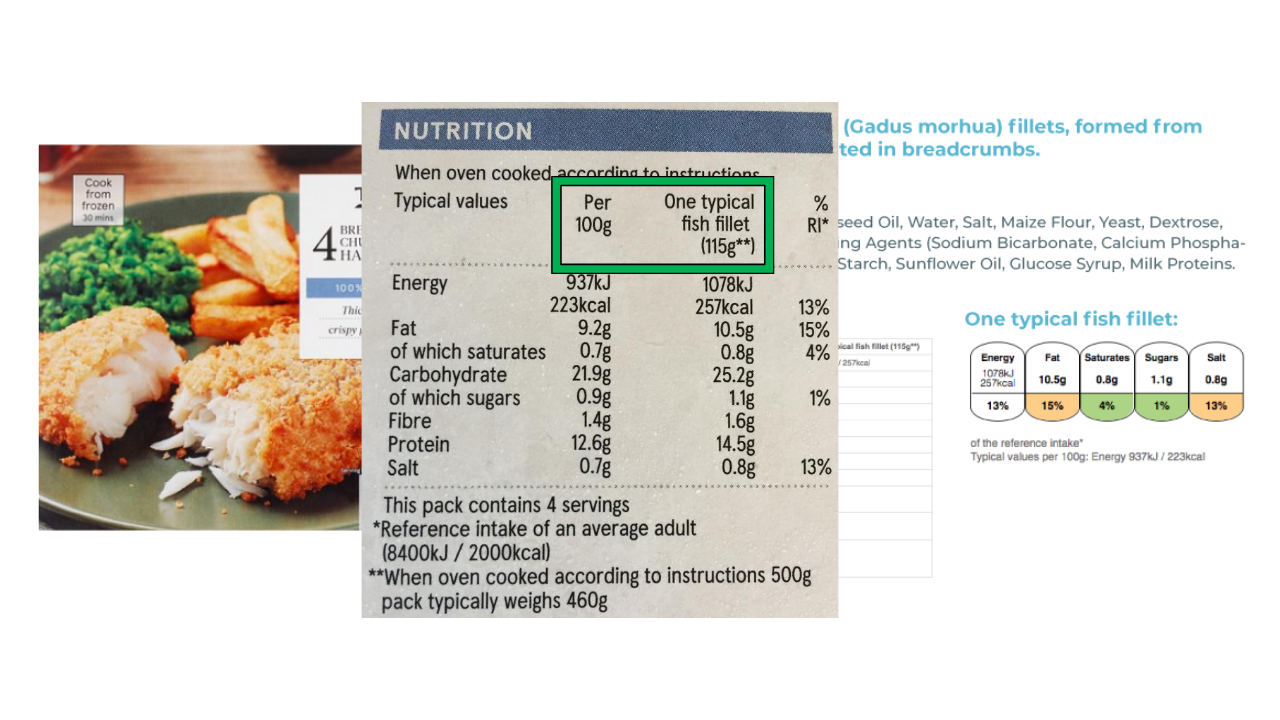
Should I Avoid Ultra-Processed Foods?
Yes. Many “low-carb” or “keto” products may still contain additives, chemicals, or inflammatory ingredients. A simple rule: if a product has more than five ingredients or contains unfamiliar names, it’s best avoided. Focus on whole, minimally processed foods to support health and weight management while reversing type 2 diabetes.
For more detailed guidance, explore Dr Nerys’ 3-Part Health Breakthrough Video Series and download your free Blood Sugar Guide.
